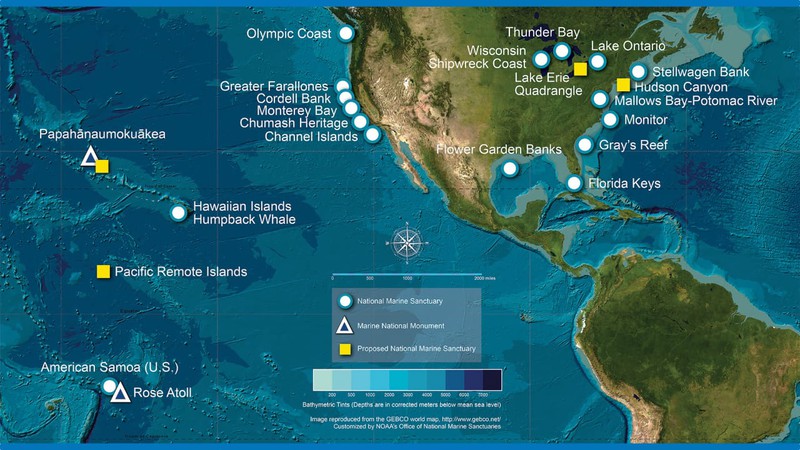Thousands of square miles of ocean and coastal habitat are now preserved for future generations.

The newest of the 17 U.S. marine sanctuaries is being stewarded by the people who know it best. NOAA Public Domain
On Oct. 11, 2024, the Chumash Heritage National Marine Sanctuary was officially designated by the National Oceanic and Atmospheric Administration. It was nominated to become a National Marine Sanctuary by Chief Fred Collins of the Northern Chumash Tribal Council in 2015.
Spanning an area of some 4,500 square miles of water and coastline, the sanctuary is located off the coast of Santa Barbara and San Luis Obispo Counties, situated between the Channel Islands Marine Sanctuary to the south and the Monterey Bay National Marine Sanctuary to the north.
The first marine sanctuary nominated by an indigenous group, it encompasses culturally and historically significant resources on California's Central Coast, which has been home to indigenous peoples for more than 10,000 years. Indeed, the remains of native villages lie underwater along the coast, having been built at the end of the last ice age when the ocean level was much lower, the water of the Earth locked in ice.
The Chumash Heritage National Marine Sanctuary will be the first of the so far 17 National Marine Sanctuaries to be officially managed in partnership with indigenous people, whose knowledge of the land and water go back centuries. This knowledge will help scientists better understand historical weather and animal migratory patterns as they seek a way forward through climate change.
The National Marine Sanctuaries program was established under the Marine Protection, Research and Sanctuaries Act of 1972, spurred by the effects of the Santa Barbara oil spill of 1969. The act protects the waters of a designated sanctuary from dumping of pollutants. It also provides for a research program to understand the effects of pollution on ocean ecosystems and ways to preserve and restore damaged or threatened habitat.
The Environmental Protection Agency, the Army Corp of Engineers, the National Ocean and Atmospheric Administration and the United States Coast Guard are tasked with carrying out the administration of Marine Sanctuaries.
The official designation of the Chumash as a partner in stewarding the sanctuary, and specifying that indigenous knowledge and cultural practices guide the process, breaks new ground in natural and cultural resource management.
Working with indigenous people in the management of the lands long inhabited by their ancestors is becoming more common. Examples include the recent removal of dams on the Klamath River and the rehabilitation of the river course and former reservoirs and the move to using prescribed burns and other indigenous practices to promote resilience against wildfires and improve forest health.
While the planet enters the uncharted future of human-induced climate change, this Marine Sanctuary and other recent partnerships with indigenous peoples and their knowledge of past practices represent hope that humanity will learn to live in better accord with nature.
Long form articles which explain how something works, or provide context or background information about a current issue or topic.